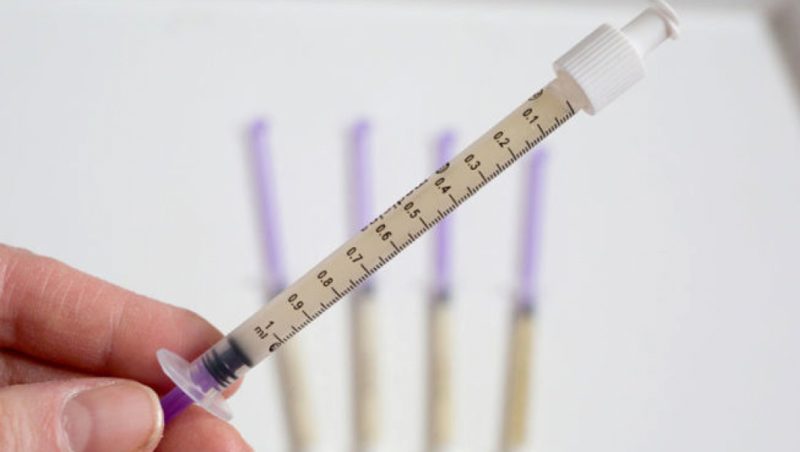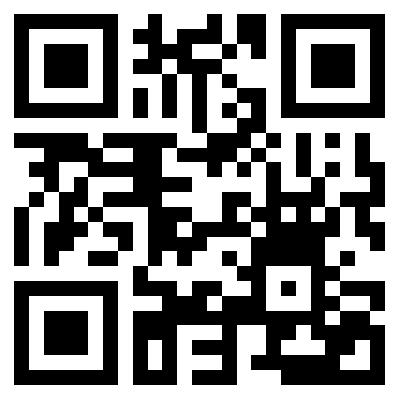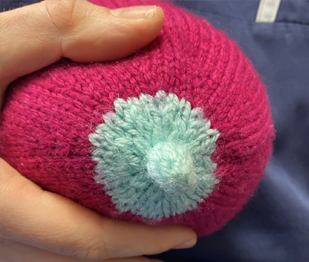
Maternity services
What is colostrum?
Colostrum is the first breastmilk that you produce for your baby. Each drop is packed with valuable nutrition protection and much more
Benfits of colostrum
Helps to regulate your baby’s blood sugar
Protects against infection and some diseases
Easy to digest
It encourages early bowel movements
It can reduce the effects of jaundice in your baby
Why might I express colostrum in pregnancy?
Learning to hand express your colostrum in pregnancy is a great way to prepare for your breastfeeding journey. It can help you to feel more confident to get feeding off to a good start and to to overcome any feeding challenges should they arise.
Expressing colostrum before your baby is born can be useful for everyone, but especially in the following situations:
- If you have diabetes (gestational or pre-existing)
- If your body mass index (BMI) is above 30
- If you have high blood pressure
- If you have any problems with your thyroid
- If you are having a planned caesarean birth
- If your labour is being induced
Getting started
A member of the maternity team will provide you with colostrum collectors on or around 36 weeks of pregnancy. Colostrum collectors are a syringe with a blunt end (no needle) that you can use to collect your colostrum.

We recommend trying no sooner than 37 weeks of pregnancy as there is a small chance that trying before this time might stimulate pre-term labour, which can be dangerous for your baby.
If your birth is planned or anticipated before 37 weeks, please ask to discuss this with midwife or obstetrician who will support you to decide the best time to begin expressing.

Top Tips
- Massage first
- Low lights
- Calm environment
- Relaxation
- Warm bath

Scan the QR code to watch a video demonstrating hand expressing.
Alternatively, click here to view the video
Expressing colostrum

- Ensure you have freshly washed hands and a sterile container or colostrum collector to hand.
- It is important to feel that you are comfortable, calm and relaxed before you begin, as this will help you to express (remove) the colostrum from your breast more easily. Having the lights low lights or getting into a warm bath might help – see our top tips below.
- We recommend a few minutes of gentle breast massage, stroking and shaking of your breasts before you begin. This helps to trigger the hormones needed for your milk to come out. Massage and stroke gently over both breasts, your nipples and under your arms – this should be gentle enough so that it is comfortable and does not mark your skin.
- Making a ‘C’ shape with your hand as shown in the image above, roughly 2cm to 3cm away from the base of the nipple, gently compress the breast tissue with your thumb and forefinger, then release. Repeat this action in a rhythmic motion.
- You may notice some small ‘beads’ of a clear, yellow or orange sticky substance starting to appear. It can often take a few minutes before you notice anything.
- Continue until the flow stops. Then adjust or rotate your hand to a different position and start again, as this will drain another area of your breast. Repeat until the flow stops, then move to the next breast.
Troubleshooting
If you do not notice any colostrum appearing, try adjusting your hand position. Move your thumb and forefinger closer to the nipple or further back, until you to find the right spot.
If you are still unable to express any colostrum, do not worry. You can try again later the same day or leave it until another day when you feel ready to try again.
Remember
Any amount of colostrum that you collect, however small, is extremely beneficial to your baby.
Storing and transporting colostrum
- You can use the colostrum collector multiple times in the same day
- At the end of each day (or if the syringe is full), label it with your name and the date and time it was collected
- Colostrum or breastmilk can be stored as follows:
– In the back of a fridge for up to 5 days
– In the ice compartment in a fridge for up to 2 weeks
– In a deep freezer for up to 6 months - Defrost in a fridge or hold in a warm hand
- Once defrosted, colostrum or breastmilk must be used immediately
- Before bringing into hospital, ensure your colostrum syringes or containers are together in one sealed, clear bag with your name, address and date of birth
- Transport frozen colostrum in an insulated bag with an icepack. Inform the maternity team immediately on arrival so it can be put straight into the freezer.
Support contacts
You can access support face to face, online or over the phone 24 hours a day, 7 days a week:
- South Tees maternity advice line
Available 24 hours a day
Telephone: 01609 763094
Email: [email protected] - National breastfeeding helpline
Open 365 days a year 9.30am to 9.30pm
Telephone: 0300 100 0212 - For more information on baby breastfeeding visit the Start4Life website
Patient experience
South Tees Hospitals NHS Foundation Trust would like your feedback. If you wish to share your experience about your care and treatment or on behalf of a patient, please contact The Patient Experience Department who will advise you on how best to do this.
This service is based at The James Cook University Hospital but also covers the Friarage Hospital in Northallerton, our community hospitals and community health services.
To ensure we meet your communication needs please inform the Patient Experience Department of any special requirements, for example; braille or large print.
T: 01642 835964
E: [email protected]